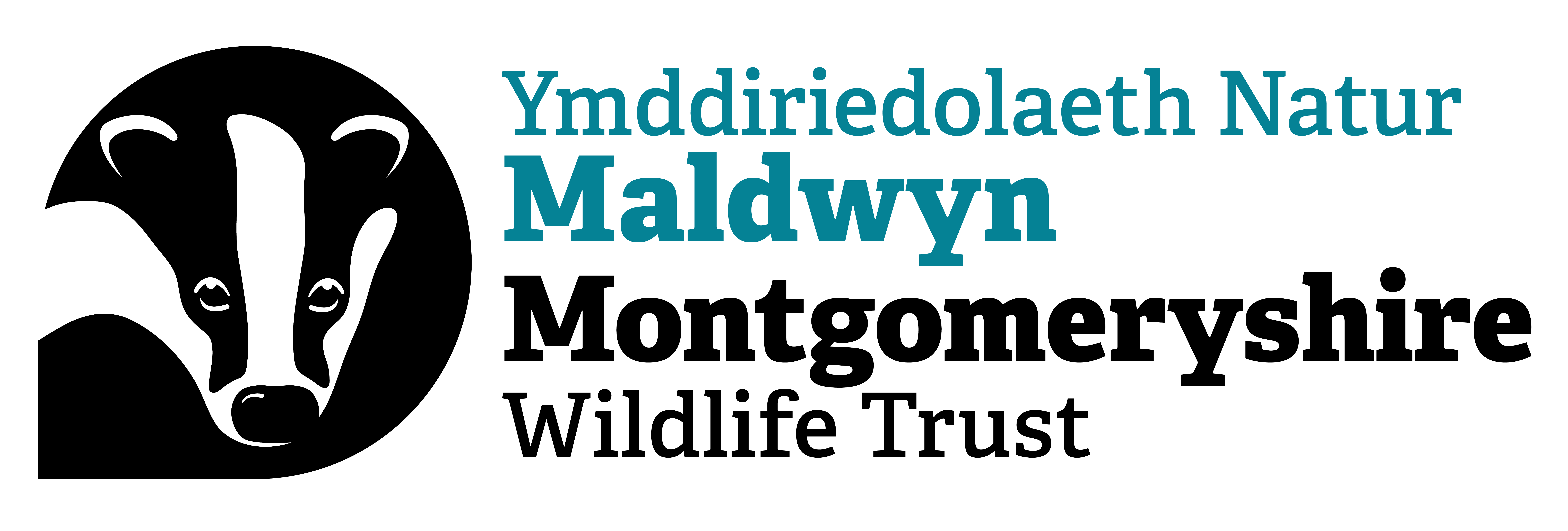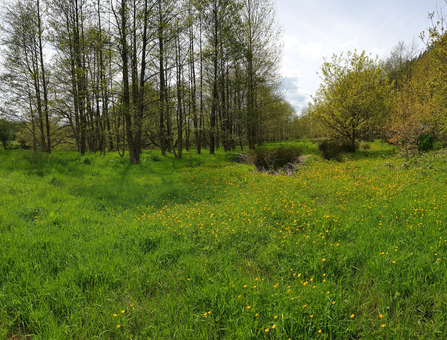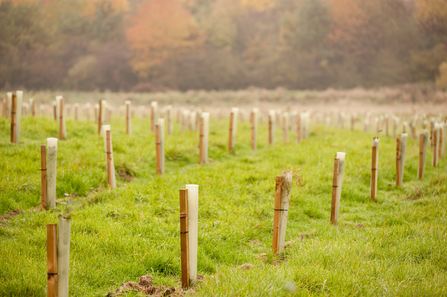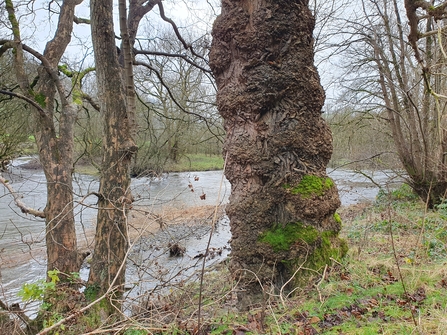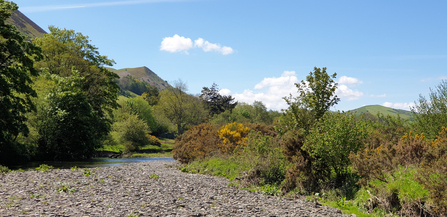“Standing there, it’s the strangest thing because it looks and feels exactly like a proper natural woodland, except for the fact everything is disconcertingly young - and short!”
Clive Faulkner, MWT CEO, is talking about his reaction to seeing woodland he helped plant at Llandinam Gravels Nature Reserve a couple of decades ago. There, in an area of improved grassland at the site’s southern end, the gravelly soil of the river valley floor was too dry to establish wetland habitat, so the Trust instead decided to create a wood.
